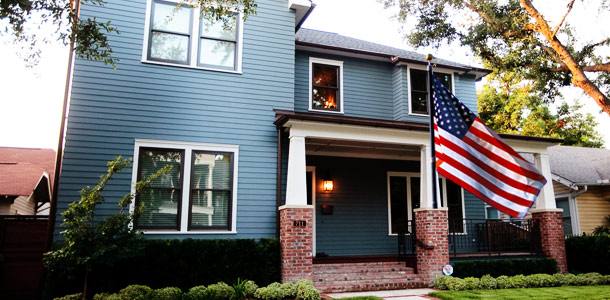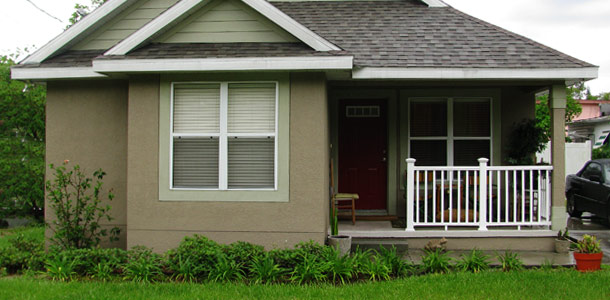 Prospective homeowners have many options to consider in deciding what type of loan is best aligned with their financial needs and goals. And it’s often possible to get lost in the sea of mortgage lingo without ever really understanding what all of the various terms mean.
Prospective homeowners have many options to consider in deciding what type of loan is best aligned with their financial needs and goals. And it’s often possible to get lost in the sea of mortgage lingo without ever really understanding what all of the various terms mean.
What follows is an attempt to clarify the difference between two types of mortgage loans that can be taken out for the purchase or refinance of a new home: conventional loans and government-backed loans.
Conventional Loans
Conventional loans are loans that are made purely in the private sector and therefore come with no sort of backing by any federal agency. Because these types of mortgage loans don’t have any backing by a federal agency, they typically tend to have a higher down payment and credit score requirements than government sponsored loans.
The amount of the down payment varies for conventional loans, but it can typically be around 10%. Now, if you’re taking out a home loan on a house that cost $500,000, that’s going to involve a $50,000 down payment cost.
Most people simply don’t have that much money lying around ready to be invested. But, of course, that isn’t the case for everyone. If you’re well off with great credit and can afford it, then there are powerful incentives to look into getting a conventional mortgage. Not only will you likely get one of the better mortgage rates available, you won’t necessarily have to pay for private mortgage insurance.
Government-Backed Loans
By contrast, government-backed loans are insured through some sort of government agency. The Federal Housing Agency, the Department of Veterans Affairs and the Department of Housing and Urban Development are among three of the government agencies insuring these loans.
Federal Housing Administration (FHA) loans are by far the most popular and widely used government-backed loans. FHA loans constituted only a fairly modest market share of home loans, somewhere in the single digits just a few years ago.
By 2011, these loans dramatically rose in popularity and now comprise 30% of all home loans being produced. This sharp rise in government-backed loans is due in part to the way the private sector has responded to the housing crisis.
As more and more households were thrown into foreclosure, lenders in the private sector began tightening up their lines of credit to prospective new homeowners. They also instituted stricter requirements on the type of credit worthiness that would allow one to qualify for a home loan.
Because of the stricter new requirements, FHA loans often became the only choice for people looking to qualify for a home loan.
The most popular FHA loan requires that the recipient of the mortgage loan put at least 3% down, but 100% of this money can come from an external source. It may come from a gift from a relative, non-profit organization or government agency. So, in at least some sense, it is possible to get a FHA loan with zero money down.
There are numerous factors that should be considered when deciding to get either a conventional or government-backed loan. But the same general rules apply. Buyers with good credit should look into conventional loans. Buyers with less than perfect credit who are looking for a low down payment and low closing costs should definitely look into getting a government-backed loan.






















































